
The word 'tire', or 'tyre' to the English-speakers, originated with the steel bands holding wooden wagon wheels together, which were forged by wheelwrights. These bands not only made for a hard-wearing surface for the wheel perimeter, but served to 'tie' the wheel and spokes together - they were literally the 'tie-r' of the wheel. The English like to think they spell things correctly but in fact the spelling 'tire' is older than 'tyre', which appeared in the 15th century. Subsequently, the word 'tire' became generic for any wearing surface on a wheel, whether a cart, bicycle, car, or a steam train, and whether the material was steel, rubber, or wooden balls bound by wire (
a few of the more desperate examples can be seen in the photo below, from Munich's Technische Museum).

I'll skip ahead a few centuries to the birth of our subject, the Pneumatic tire, which supplanted the solid rubber item popular on early bicycles, cars, and motorcycles. The 'aha' moment came for
John Boyd Dunlop (
below) in 1887, while watching his son bump uncomfortably along a cobbled street on his tricycle.

Dunlop laid thin sheets of rubber, glued together, over the solid tires on the trike, adding an inflator valve from a football, and
voila, the pneumatic tire was born. He patented the idea in 1888, and by 1889 had opened tire manufacturing plants in Dublin and Birmingham - clearly not a man to dawdle over a good idea! Another type of pneumatic tire was invented in 1845 by Robert William Thompson, but his system was too expensive for commercial production, and Dunlop gets the credit for the first
practical pneumatic tire, and the first to be commercially produced. Mind you, his patent was for bicycle tires, which of course dovetails very nicely into our subject; motorcycle history (
see the wonderful photo of J.B.D. enjoying the fruits of his labor, below).

Motorcycle tires of the
Dunlop pattern used a very simple system to ensure positive location on the steel wheel rims of the day. High air pressure, at 40-60lbs/square inch, kept the rubber sidewalls firm against the wheel flange, which was a curved lip 0f folded steel, mated to a corresponding rubber 'bead' cast into the tire base itself (
see illustration).

This method of attachment works quite well to keep the the wheel stable, at the expense of a rock-hard ride from the highly inflated tire. It has always been, since the earliest days of tire on rim, a temptation to lower the pressure within such tires, to increase the 'give' of the rubber and provide some form of cushioning against road shocks. This is fully understandable given the terrible road surfaces of the day - packed dirt or gravel were about the best one could hope for in the years 1890-1928, as the
Macadam system of asphaltum-glued gravel laid in smooth beds and compressed flat were quite rare except in urban areas, which had the tax base capable of the high expenditure necessary for such infrastructure investment.

The terrific downside of under-inflation with these 'clincher' or 'beaded-edge' type tires is the possibility of rapid deflation as a consequence of a sharp blow. Of course, a 'blowout' or quick loss of air from a puncture or tear is a possibility on any inflated tire, but this early method of fastening tire to rim has the distinct charm of immediately tearing the tire from the rim if pressure is lost, as only air pressure holds the two firmly together. The consequence, Every Single Time, is a spill, as the tire magically transforms into a rubber snake hell-bent on tying itself in knots between the wheel proper and any frame or fork tubes nearby, thus locking up the wheel, which has already become an ultra-low-friction steel ski on the road surface.

Tire manufacturers developed a new type of wheel rim/tire combination around 1924 which became the standard for all automobile and motorcycle tires from then until the present day. The new system, called 'well-rim' or 'wired-edge' wheels, uses a much stiffer tire which, although far more difficult to install, does not rely on air pressure to maintain its place on the wheel rim. Thus, if deflation occurs, the tire simply goes 'flat', but stays on the rim, and the wheels continue to rotate on rubber, albeit in a wobbly/frightening manner. Still, this was a tremendous improvement in safety, and the number of crashes from deflation plummeted. Tires were made gradually thicker, heavier, and more substantial over the ensuing decades, and additions of nylon, then steel cording under the tread, and ultimately fully 'radial' tires (invented in 1946, by
Michelin) for cars and, later, motorcycles were developed. New motorcycle tires are 'tubeless', yet rely on those basic principles developed in the 1920's to stay on the rim.

Falling off a motorcycle at speed really hurts, at best. I've been thrown from my motorcycle at 50 mph from a mechanical front wheel lockup, and suffered the effects for quite a while from the resultant 'high-side'; it was motorcycle jiu-jitsu, and I lost. I bring all this up after my friend James experienced a blow-out on his '24 Sunbeam, which used 'clinchers', as does my '25 Sunbeam. As fans of 'period correctness', we were quite happy that our machines retained their original equipment, and had no intention of changing over to more 'modern' well-type rims and tires, as the vast majority of 1920's machines have done. We had recently discussed proper inflation with our 'clinchers', and James stated that he was using 25lbs/sq" pressure front and rear on his Sunbeam, as the ride was almost unbearable at the 40lbs recommended pressure for the Dunlop 'Cord' tires he had installed, at great expense (they cost ~$300 each).
After James' fatal accident, a query from a distant acquantance led to a bit of mutual research into 'clincher' tire safety.

The result of this research was very sobering, and I'm posting it here in the fervent hope of obviating any additional risk when using these 80-years-obsolete tires. Using them at all is a risk
per se, with their known defect of sudden detachment from the rim after deflation. But, with proper care, a greater measure of safety is possible.
 According to Radco's book 'The Vintage Motorcyclists' Workshop' (Haynes, 1986), a 2.5" wide clincher tire of 24" diameter (the size of my and James' Sunbeam) at 24lbs inflation, has a load capacity per tire of 150lbs. Assuming a 250lb motorcycle, plus 175lb rider, give or take, that's 425lbs, or 212.5lbs load per tire. Thus, at 24lbs/sq" pressure, the tires are 62.5lbs OVERLOADED, just standing still.
According to Radco's book 'The Vintage Motorcyclists' Workshop' (Haynes, 1986), a 2.5" wide clincher tire of 24" diameter (the size of my and James' Sunbeam) at 24lbs inflation, has a load capacity per tire of 150lbs. Assuming a 250lb motorcycle, plus 175lb rider, give or take, that's 425lbs, or 212.5lbs load per tire. Thus, at 24lbs/sq" pressure, the tires are 62.5lbs OVERLOADED, just standing still. Radco further states (see chart, above) that inflation of 36lbs equals a 320lb permissible load per tire, which gives over 100lbs of 'leeway' on the tire loading; ie, less likelihood that the tire will blow out under rapid compression, as from a large rock or sharp crease in the road. A little further investigation; in 'Dyke's Automobile and Gasoline Engine Encyclopedia' of 1927, a 'high pressure pneumatic tire' (ie clincher) should be inflated to 45lbs or more. Further still; a Society of Automotive Engineers (S.A.E.) chart of the same era lists 3" Cord-type tires (exactly the size and type of my Sunbeam) as requiring a minimum of 40lbs pressure. Vintage Tyre Supply is a primary source of the Dunlop Cord clinchers available today, as used on my Sunbeam (and James' too), but they don't list any tire pressure recommdations for these tires on their website, only for their automotive and 'well-rim' motorcycle tires. Another source of modern 'clinchers', Universal Tyre Co. lists pressures for all their tires on their website, and they recommend 60-65lbs pressure for such motorcycle tires. Longstone Classic Tires recommends a minimum of 60lbs pressure for their tires as well. This should be food for thought for anyone riding on clinchers, as I do. It is imperative that they are properly inflated, to at least 35-40lbs/sq". Under-inflation is dangerous, and could prove fatal; as risk-takers, we owe it to ourselves to be safe when it's within our power.
Radco further states (see chart, above) that inflation of 36lbs equals a 320lb permissible load per tire, which gives over 100lbs of 'leeway' on the tire loading; ie, less likelihood that the tire will blow out under rapid compression, as from a large rock or sharp crease in the road. A little further investigation; in 'Dyke's Automobile and Gasoline Engine Encyclopedia' of 1927, a 'high pressure pneumatic tire' (ie clincher) should be inflated to 45lbs or more. Further still; a Society of Automotive Engineers (S.A.E.) chart of the same era lists 3" Cord-type tires (exactly the size and type of my Sunbeam) as requiring a minimum of 40lbs pressure. Vintage Tyre Supply is a primary source of the Dunlop Cord clinchers available today, as used on my Sunbeam (and James' too), but they don't list any tire pressure recommdations for these tires on their website, only for their automotive and 'well-rim' motorcycle tires. Another source of modern 'clinchers', Universal Tyre Co. lists pressures for all their tires on their website, and they recommend 60-65lbs pressure for such motorcycle tires. Longstone Classic Tires recommends a minimum of 60lbs pressure for their tires as well. This should be food for thought for anyone riding on clinchers, as I do. It is imperative that they are properly inflated, to at least 35-40lbs/sq". Under-inflation is dangerous, and could prove fatal; as risk-takers, we owe it to ourselves to be safe when it's within our power.
If you have a perverse interest in tire history, you can download a copy of the B.F Goodrich book from 1918, 'Best in the Long Run', which was used to train their sales representatives. It give a comprehensive history of tires from the earliest days through 1918. Googlebooks has made it possible to read/download the book, for free, here.
 In the off season, many riders like to plan rides to various motorcycle rallies. I have just updated my motorcycle rally article and schedule for 2009 to assist you.
In the off season, many riders like to plan rides to various motorcycle rallies. I have just updated my motorcycle rally article and schedule for 2009 to assist you.




![Reblog this post [with Zemanta]](http://img.zemanta.com/reblog_e.png?x-id=8d7ea95e-35bf-4877-945b-de753b56dd24)












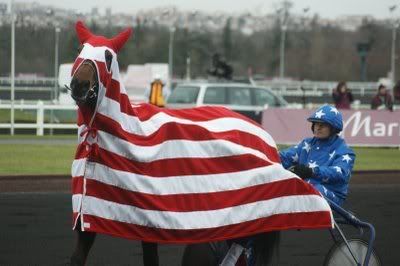
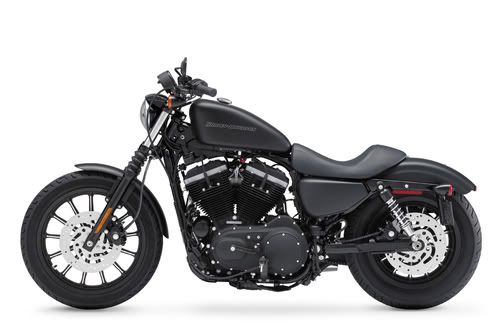
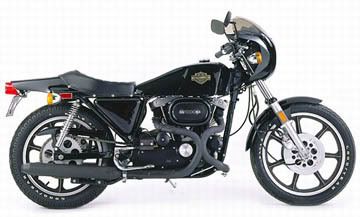
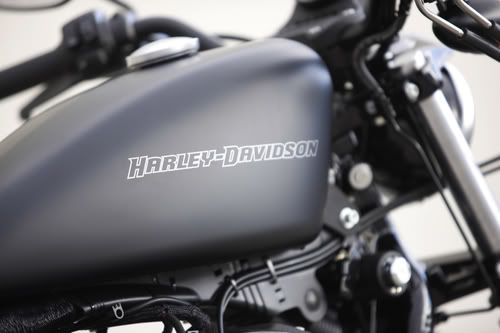
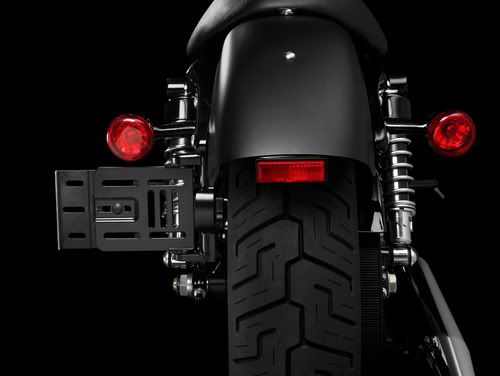
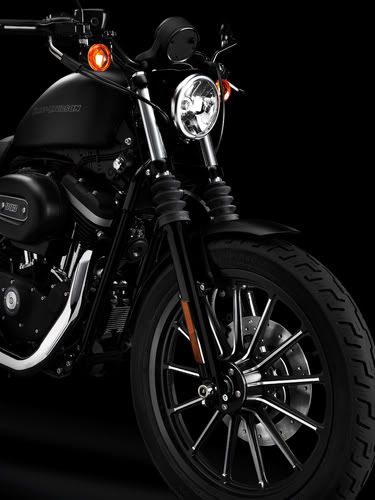
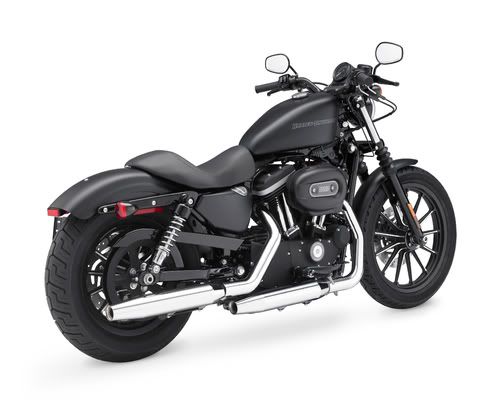



![Reblog this post [with Zemanta]](http://img.zemanta.com/reblog_e.png?x-id=32a4875b-dd55-4b6d-ac1c-c6b6e7132f9c)


![Reblog this post [with Zemanta]](http://img.zemanta.com/reblog_e.png?x-id=311b2c31-b783-4f36-9469-9bc6a218791e)























